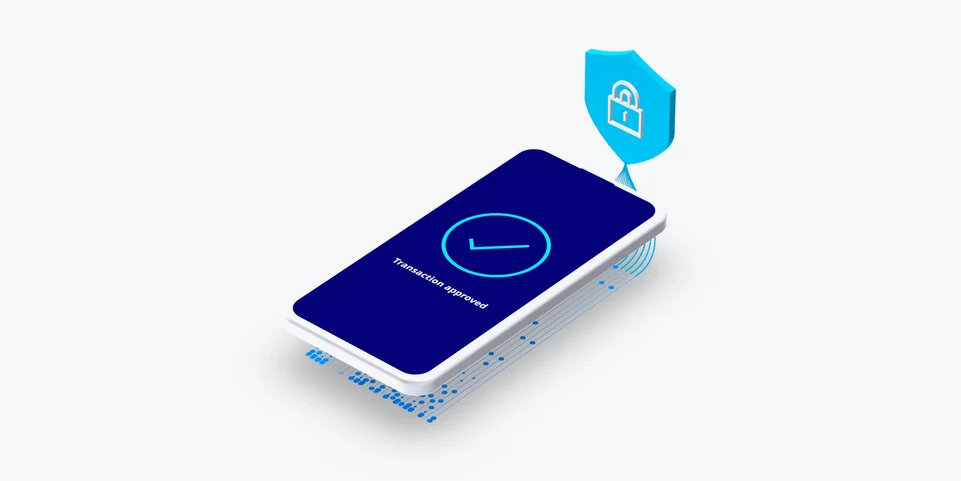Existing multi-factor authentication mechanisms are no longer effective in combating fraud. They leave customers open to risk and potentially compromise their accounts, impacting customer trust and the reputation of banks and financial institutions.

In a world where digital security is constantly evolving, financial institutions need to strike the perfect balance between security, compliance, and customer experience. One solution holds the answer—passwordless authentication through biometrics and FIDO tech under the hood.


